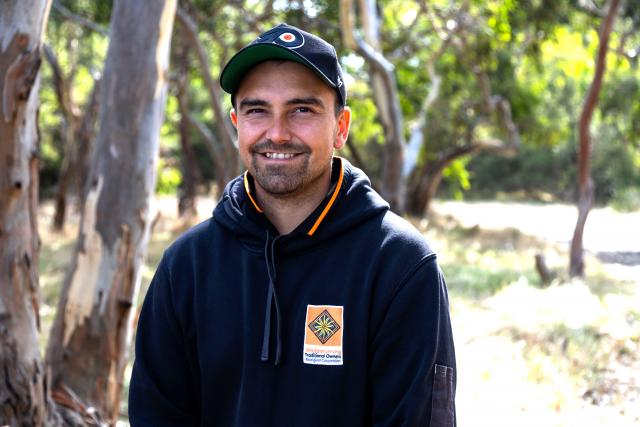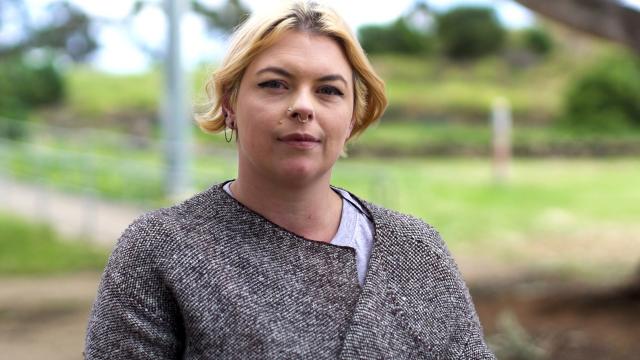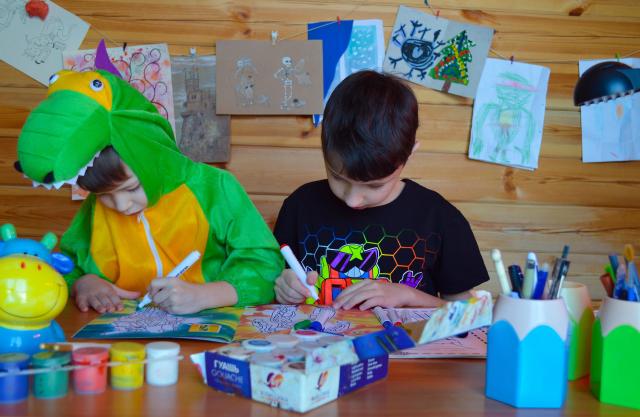Motorists travelling along the Barwon Heads Road at Marshall will notice Wadawurrung cultural heritage art and design on their journey.
Wadawurrung contributions feature prominently around the road upgrade’s Marshall railway line bridge, 4km shared-use path and retaining wall near Settlement Road.
Its approach ramps feature 810 wall panels patterned to represent vertically broken boomerang flanks. BKK Architects collaborated with Wadawurrung Traditional Owners Aboriginal Corporation on the panel design.
Acrylic screens atop the bridge depict a kunuwarra (black swan) flying like movie reel slides as drivers pass. The kunuwarra images are the work of Wadawurrung artist Stephanie (Anie) Skinner.
The retaining wall coloured to reflect the region’s soil is also lined with fins designed so the word ‘Jerringot’ appears as drivers pass in either direction. Wadawurrung for ‘water all around’ or ‘place of billabongs’, Jerringot is the name given to adjacent wetlands that are habitat for species including migratory wading birds, including Latham’s snipe.
“It’s wonderful to think that as you cross over the bridge as a traveller, whether as a pedestrian or in a vehicle, you’re travelling alongside kunuwarra,” Ms Skinner said.
“Kunuwarra is a significant creature to Wadawurrung, and to walk beside her as you move through the landscape honours her story and the importance of the living things that live in and surround the Barwon.”
The path also includes etched tracks of native bird species including kunawarra, porronggitj (brolga), ibis, pelican and egret. Traditional owner BJ O’Toole designed the footprints, which appear in the vicinity of the relevant species’ habitat.
Along the path, two interpretive signage structures will provide information about the area, its native flora, fauna and Wadawurrung cultural significance. One signage structure will be built near Settlement Road, the other near the rail line bridge.
“Living locally and with Lake Connewarre wetlands just down the road, I see these birds regularly flying over me when I’m working on Country,” Mr O’Toole said.
“It was a real honour to create their footprints and to share my story. I have three children, so for them to be able to go where their father’s artwork appears will be special and they’ll hold that connection for the rest of their lives.”










